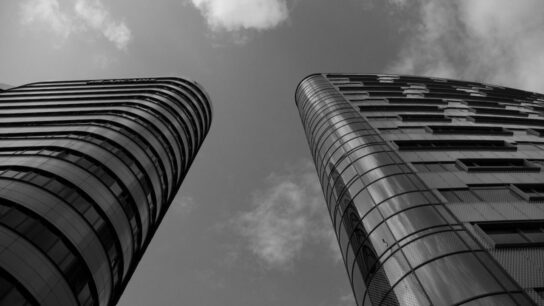An energy Expert has observed that the fuel price reduction by the Energy Regulation board will save motorists about K115 Million per month until the next revision cycle.
Johnstone Chikwanda, who is also chairperson of Energy Forum Zambia says this is based on the country’s consumption which is in a combined range of 115 million litres per month for Petrol and diesel.
The Energy Regulation Board reduced fuel Pump prices effective midnight of 28th February 2019.
Petrol has been reduced from 16 kwacha 06 ngwee to 15 Kwacha 20ngwee, Diesel be going at 13 Kwacha 43ngwee from 14Kwacha 65Ngwee, No adjustment has been to Kerosene which is still going at 11Kwacha 34ngwee and Low Sulphur Gas (LSG) will sale at 15Kwacha 72ngwee from 16Kwacha 94Ngwee.
He says in order for the impact of the recent reduction to be appreciated, there is need for the total National Consumption to be looked at.
Mr. Chikwanda says if major fundamentals remain relatively stable, the 115 Million Kwacha savings will be extended for 60 days more and save industry up to 460 Million Kwacha from March.
He predicts that major movements in fuel prices are unlikely over the next 60 days based on the forecast of crude oil prices, unless due to unforeseen circumstances adding that the major factor which could shift the outcome at the next review cycle is the kwacha.
In a statement, the Expert says “it has been noted that over the past year, some countries in the region such as South Africa increased the fuel pump price more frequently than Zambia due to country specific factors. In Zimbabwe, the fuel price was increased by over 100% despite low crude oil price. This underscores deeper fundamentals which affect the ultimate fuel pump price. Namibia, Botswana and Malawi also had a number of upward fuel adjustments.”
He adds that: “However, Zambia, like most African countries has not benefitted significantly from the low crude oil price due to a weaker currency.”
“I wish to emphasize that when crude oil prices are low, only those countries with sufficient storage facilities capable of holding strategic reserves in line with global best practice and funding options are able to significantly benefit. Best practice demand that reserves which can cover a minimum of 90 days be kept as strategic fuel reserves. This is different from operational inventory which service motorists on daily basis. From a Zambia perspective this implies stockpiles of not less than 300 million litres.”
“How you go about funding this stockpile is a matter of how the national petroleum management framework is promulgated and is not a matter for government alone but private sector as well.” He added.
___________________________________________
MONEY FM IS ZAMBIA’S FIRST AND ONLY BUSINESS & PERSONAL FINANCE RADIO STATION. WE FOCUS ON BUSINESS AND MONEY-RELATED TOPICS, AS WELL AS GENERAL NEWS AND DISCUSSION OF WIDER SOCIAL TOPICS SUCH AS HEALTH, EDUCATION, FOOD, MUSIC, FITNESS AND MORE
________________________________________________








